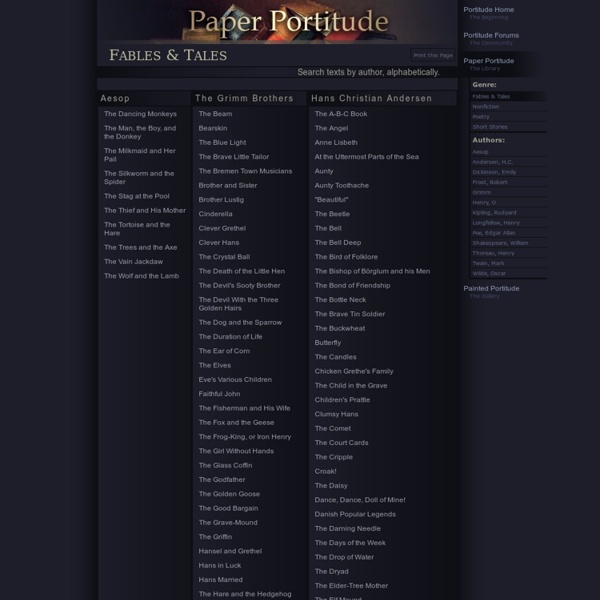



February 2010 Today we're being treated to another studio tour from one of our participants at Poppytalk Handmade, artist Martha McQuade of Uniform Natural Known for her consciously and ethically made clothing and scarves, Martha just launched her new home collection this past week. Martha shares with us not only her amazingly organized studio but adds a few tips at the end on setting up an inexpensive workspace. Thanks Martha! Artist Name: Martha McQuadeShop site: uniformnatural.bigcartel.comWebsite: uniformnatural.comBlog: cargocollective.com/mwmworkbookCity: Minneapolis, MN Where in your home/apartment/city is your studio located? What equipment/tools do you use? Do you have an inspiration board, and can you tell us what is inspiring you now? How do you create best (e.g. do you listen to music while you create and if so what?) List (3) of your favorite artists (with links, list the link, then the name) ann hamiltonuta barth If yours isn't, what would be your perfect studio? Thank you Martha!
WHAT THE FUCK HAVE YOU DONE? Color Me Katie Dangerous Minds Alice in Waterland by Elena Kalis | yatzer | Design Architecture photo © Elena Kalis What if Alice, after falling and falling inside the Rabbit hole, ended straight to the ocean? And what if the ocean surrounded a small island in the Bahamas? Although it may seem confusing, Elena Kalis imagined an underwater version of the classic Alice in Wonderland tale, only that this time it’s Alice in… Waterland! Kalis is a visual artist that was born in Russia and is specialized in underwater photography. photo © Elena Kalis Well Elena, how did you decide to experiment with underwater photography? You have been living for the last ten years on a small island in the Bahamas. Which are the main difficulties you come up as far as working under water is concerned? What is that people find so amazing about the Alice in Wonderland story and how did you decide to create your own version? Which are the things that inspire you on a daily basis? You come from Russia that has a big tradition in fairy tales. You often use your kids and friends as your models. sources:
Big Words - Or, What Teacher Meant When They Said "Lexicon" Clever and Creative Tea Packaging Clever tea packaging and creative tea bag designs from all over the world. Cigarette Tea Bags Cigarettea are creative tea bags that look just like real cigarettes. [link] Ineeka Tea Bags Cool tea bags that have paper arms on the sides that fold out in order to make them into a single-use filter. tPod Tea Bags Small paper boats attached to tea bags by Elisabeth Soós. Tea Forté Tall polyhedral infuser tea packs by Peter Hewitt, each with a disarmingly natural-looking leaf/sprout tag. Tea Stick Cool tea bags designed for people who do not make their tea in a kitchen: gardeners, builders and campers. T Bag Example of literal design applied to a tea bag by Felix Reinki. Tea To Go Sticks Tea bags are attached inside of the tea stick so there is no need to use the spoon for stirring. Maum Tea Bags Cool tea bag designs look like people with different personalities. Tea Stick Stirrer Lighting Tea Bag Cool lighting concept by Wonsik Chae imitates the form of a tea bag. Hanger Tea Herbal Tea Bags
Dan McKinley :: Effective Web Experimentation as a Homo Narrans If there's anything people are good at, it's retrofitting events with a coherent narrative. Even, or maybe especially, when the ultimate causes of past events are the forces of chance. If you look closely you can see this everywhere. The modern reader might be tempted to chuckle at this display of superstitious lunacy. So let me hastily change gears and point out that a large percentage of CNBC programming is a more benign manifestation of this kind of thinking. A classic bearish head and shoulders pattern seems to suggest that further declines may be ahead. And if you want another example, go check the Facebook profile of every ostensibly-atheist Brooklyn asshole you know the next time Mercury is in retrograde. There is a school of thought in biology—and don't ask me how widely this is accepted—that evolution favors Type II errors ("failing to reject a falsehood") over Type I errors ("failing to accept a truth"). Practical Consequences I am going somewhere with this, of course. Right?